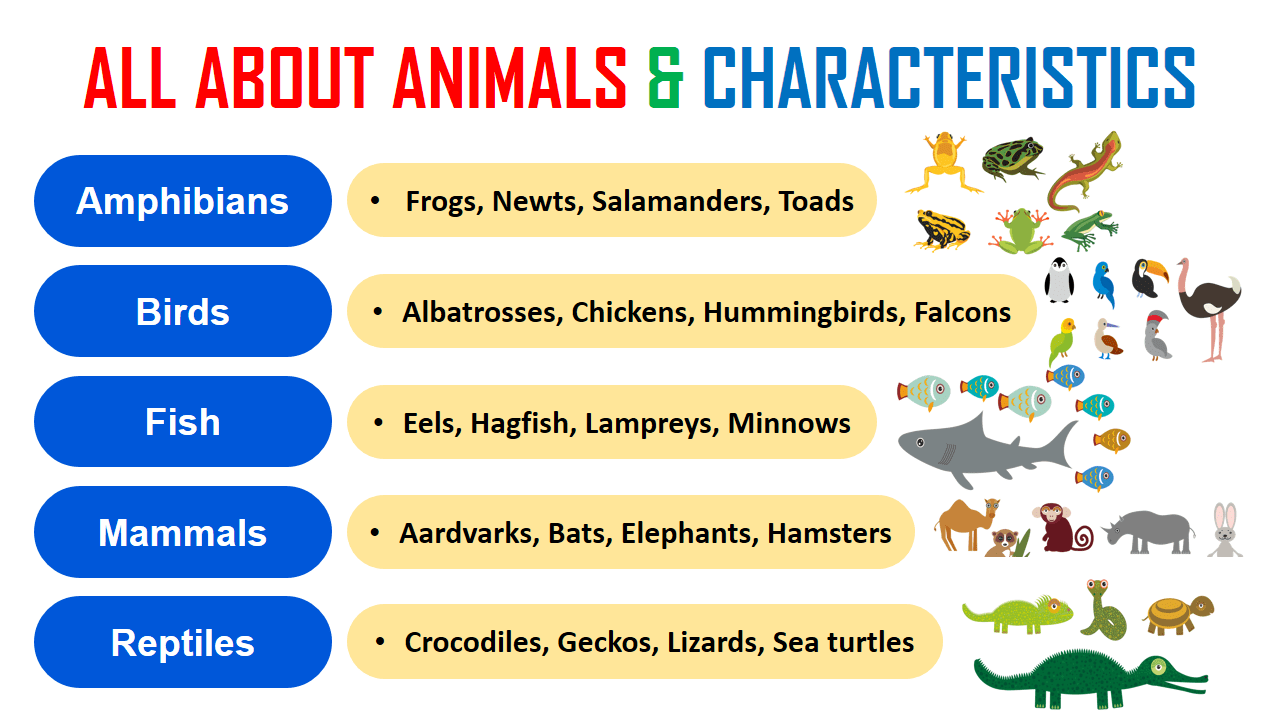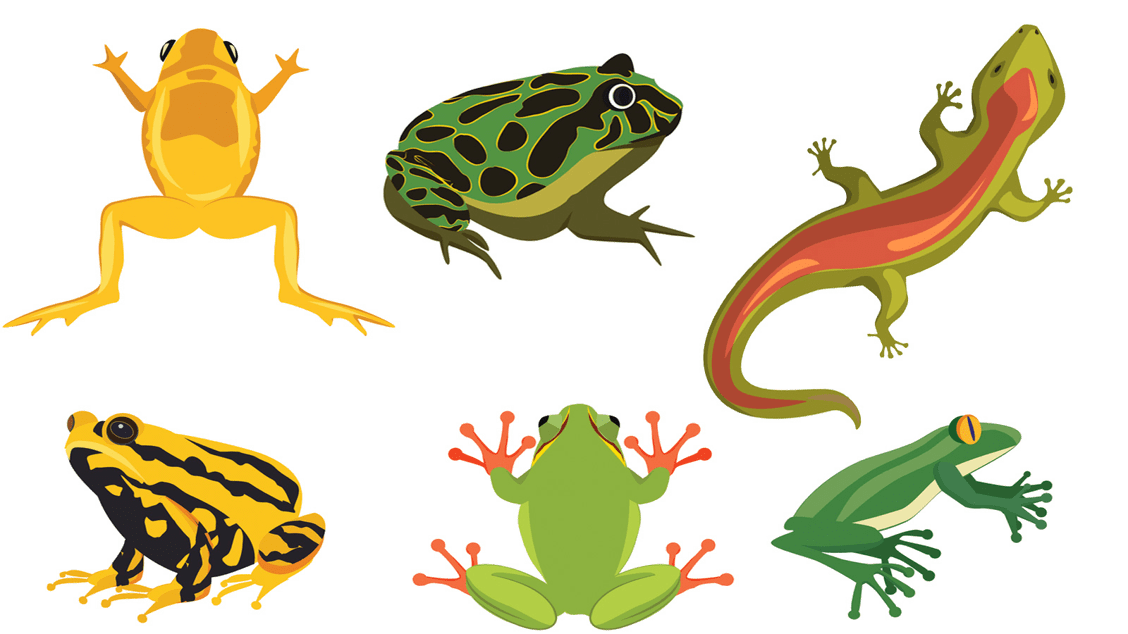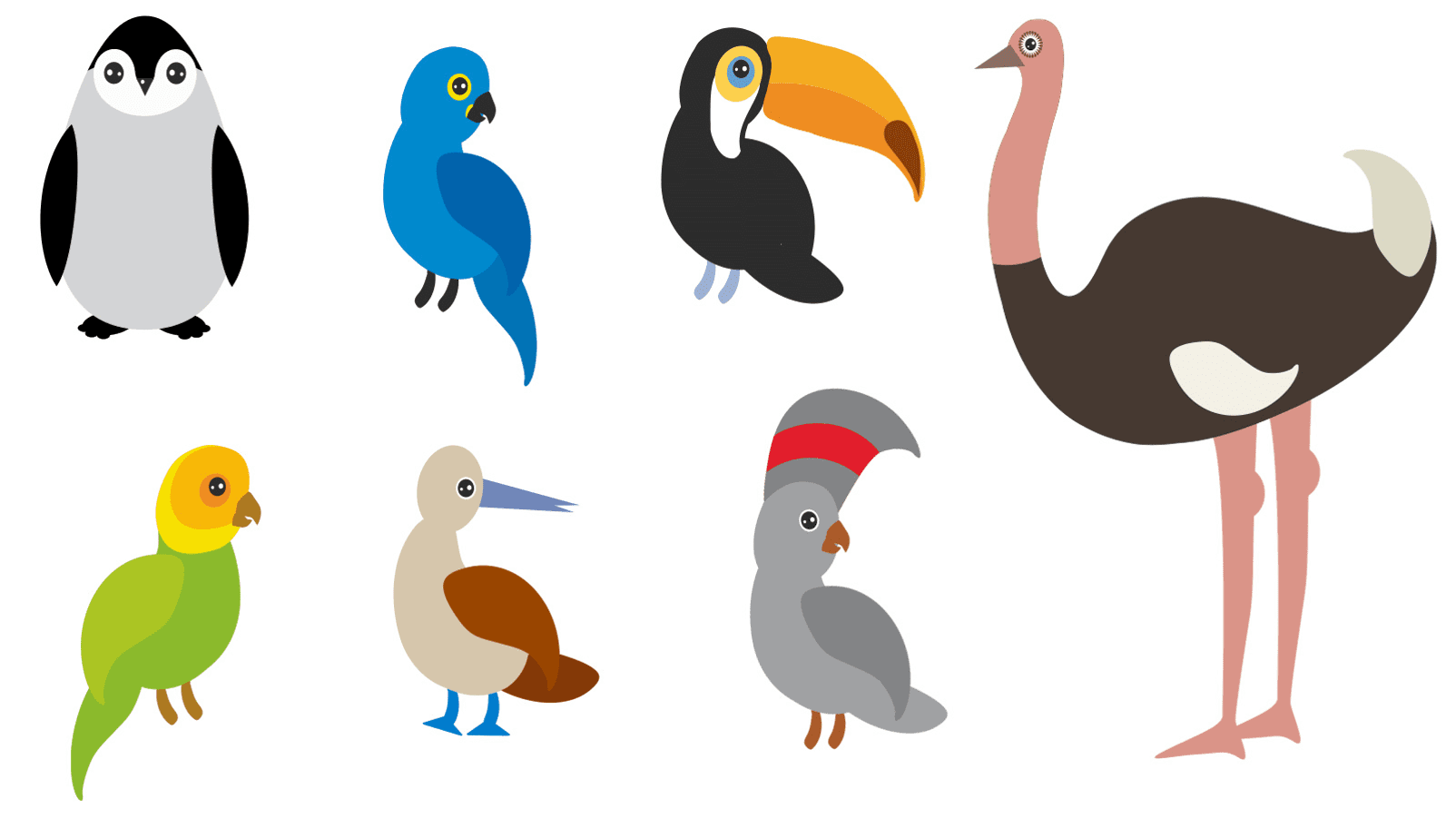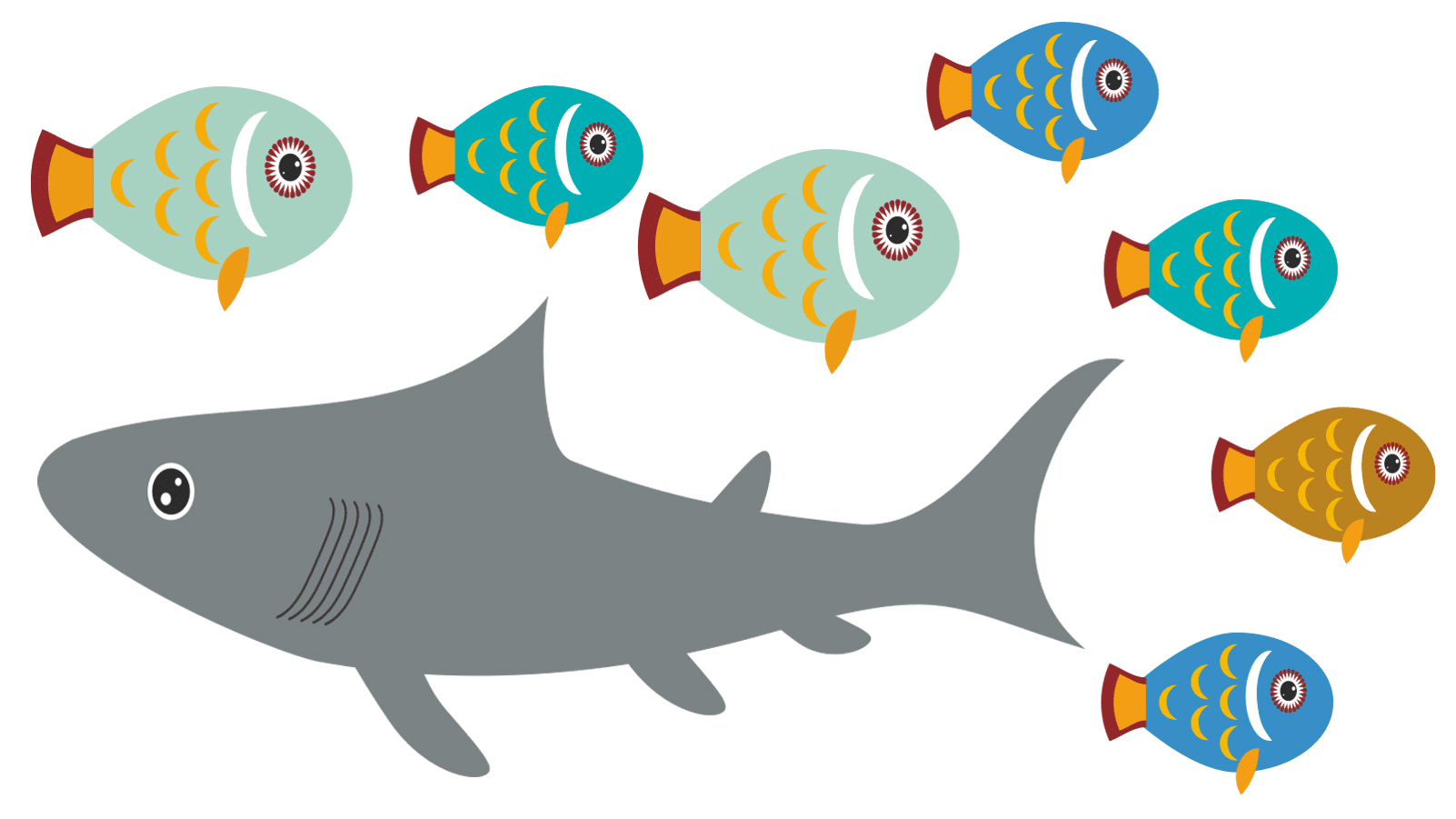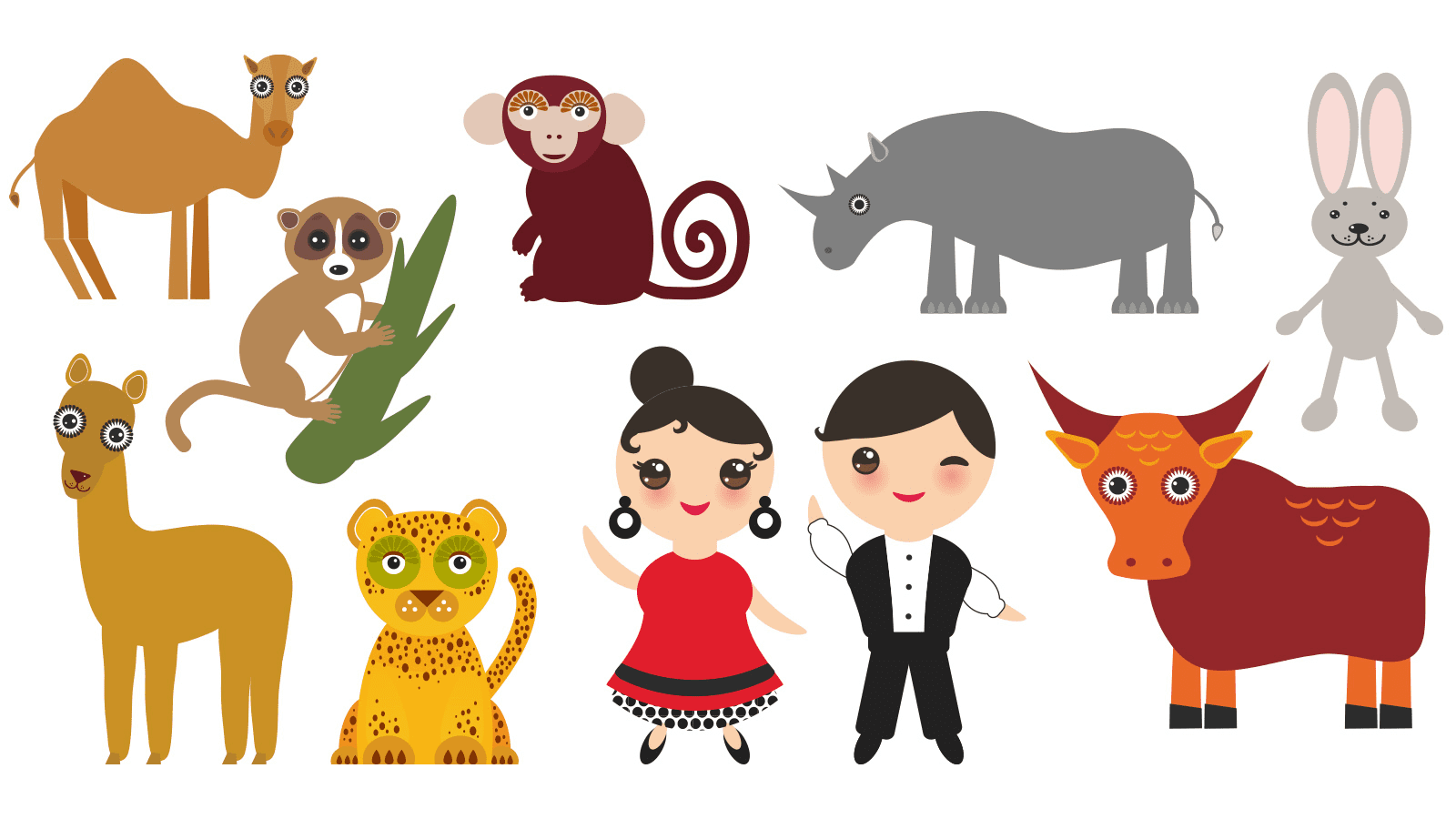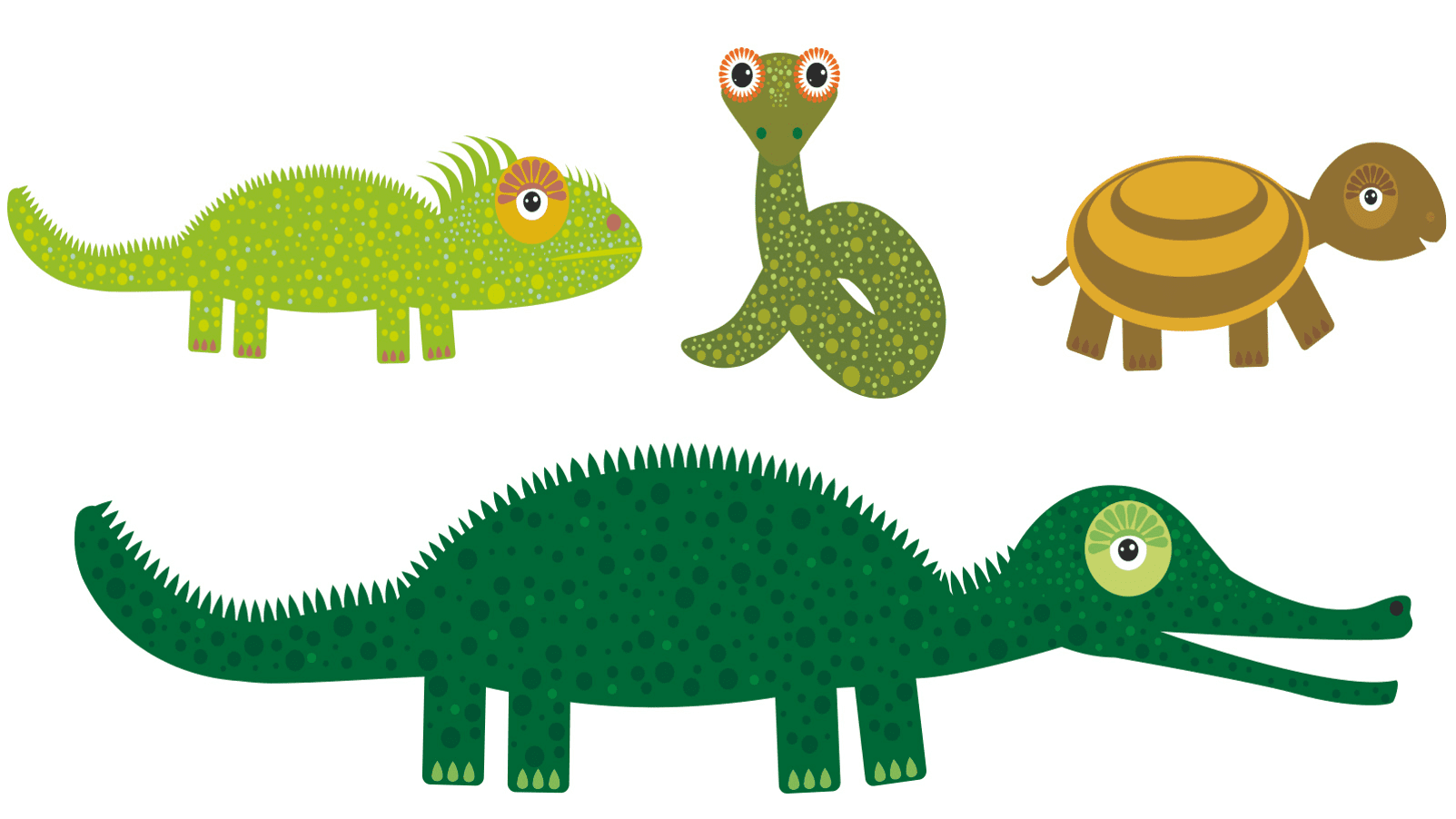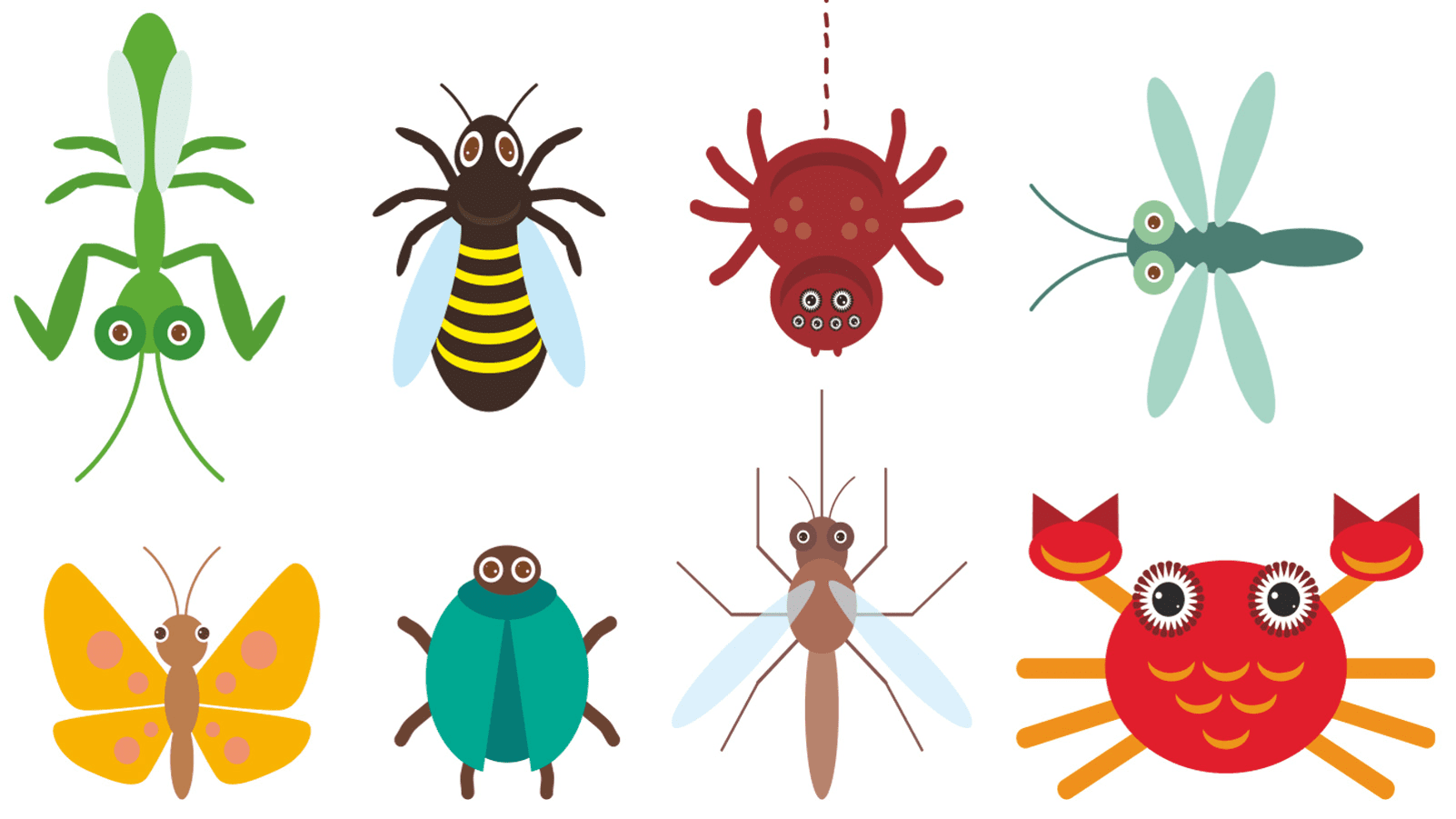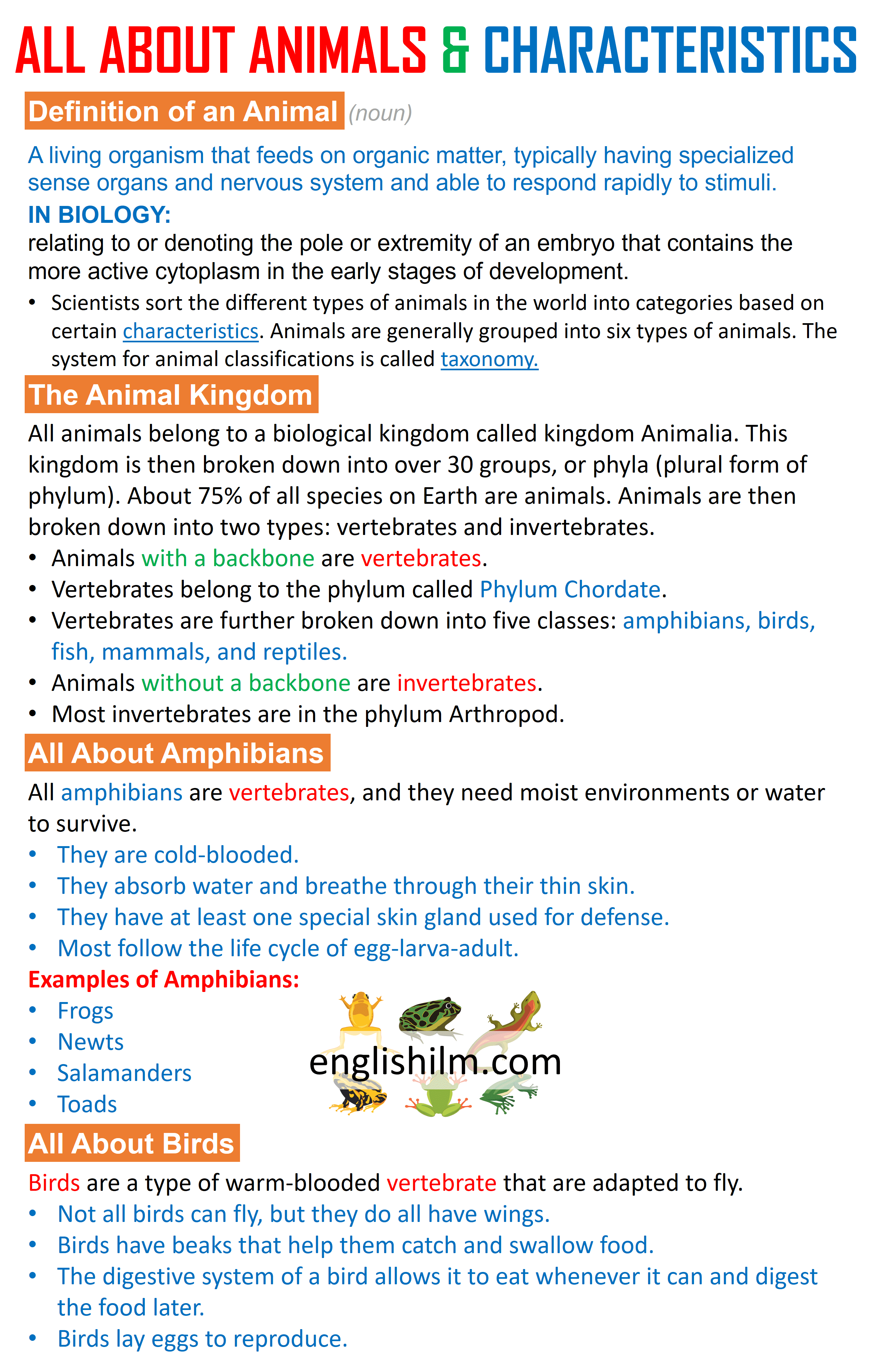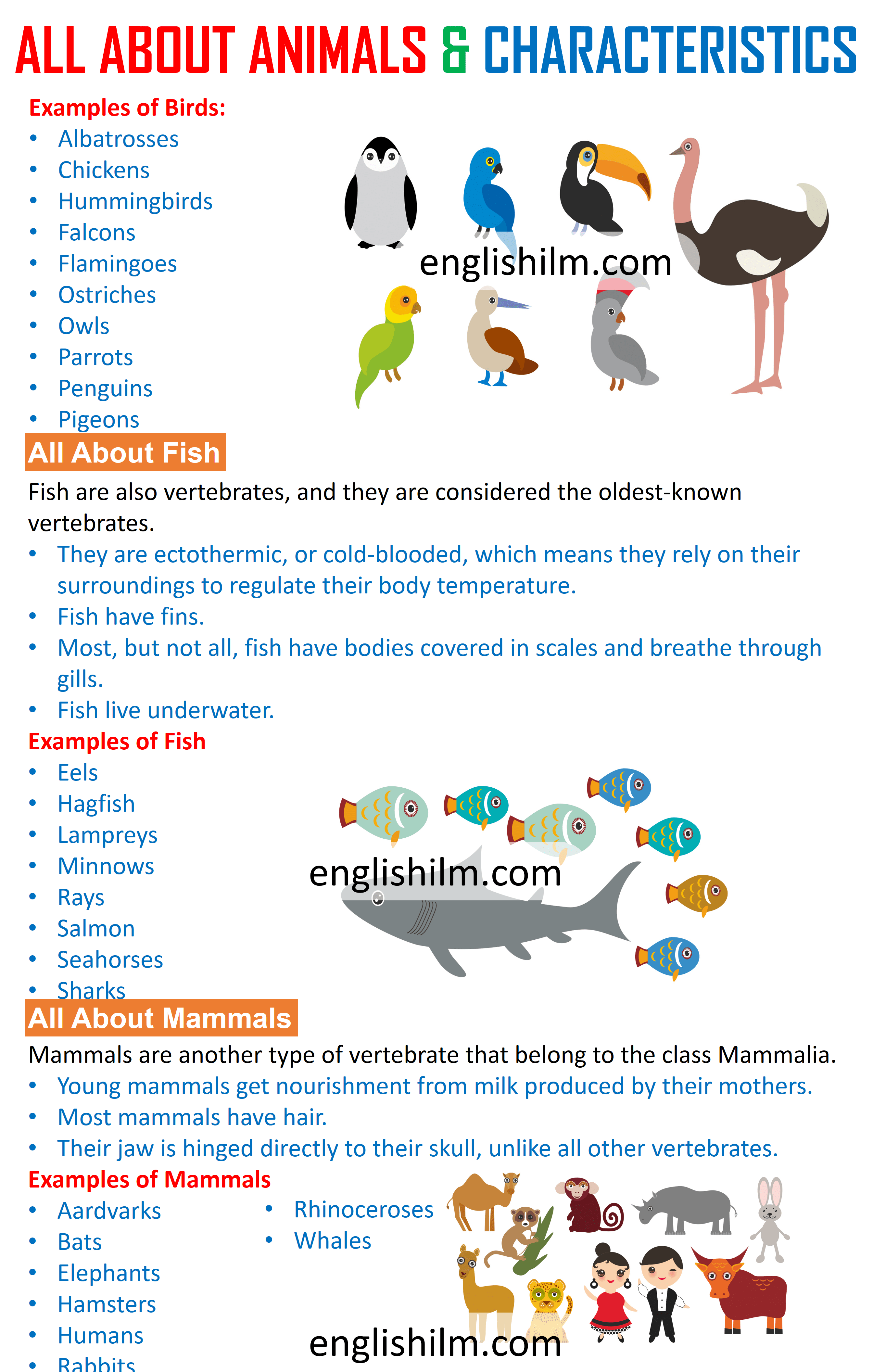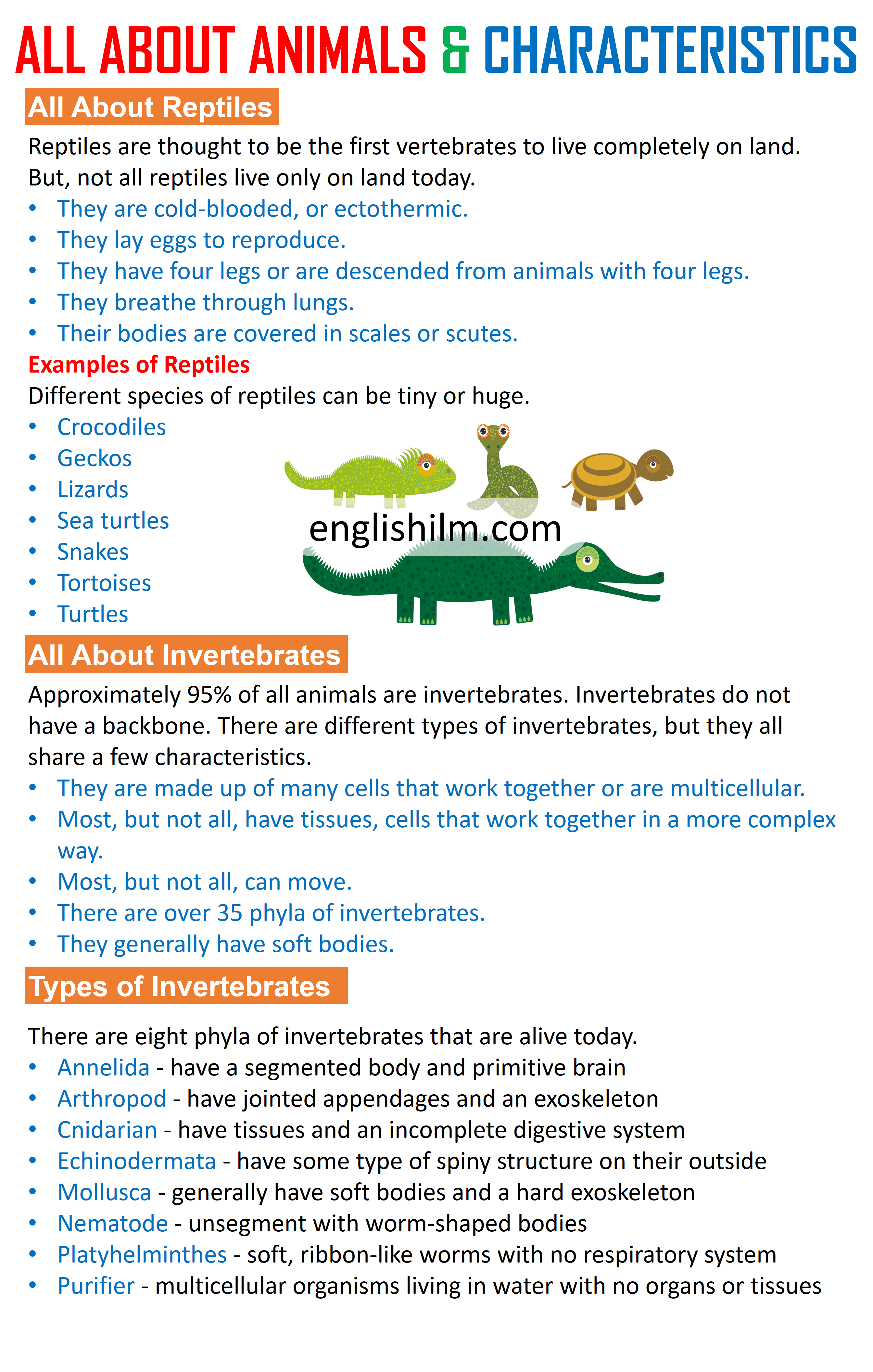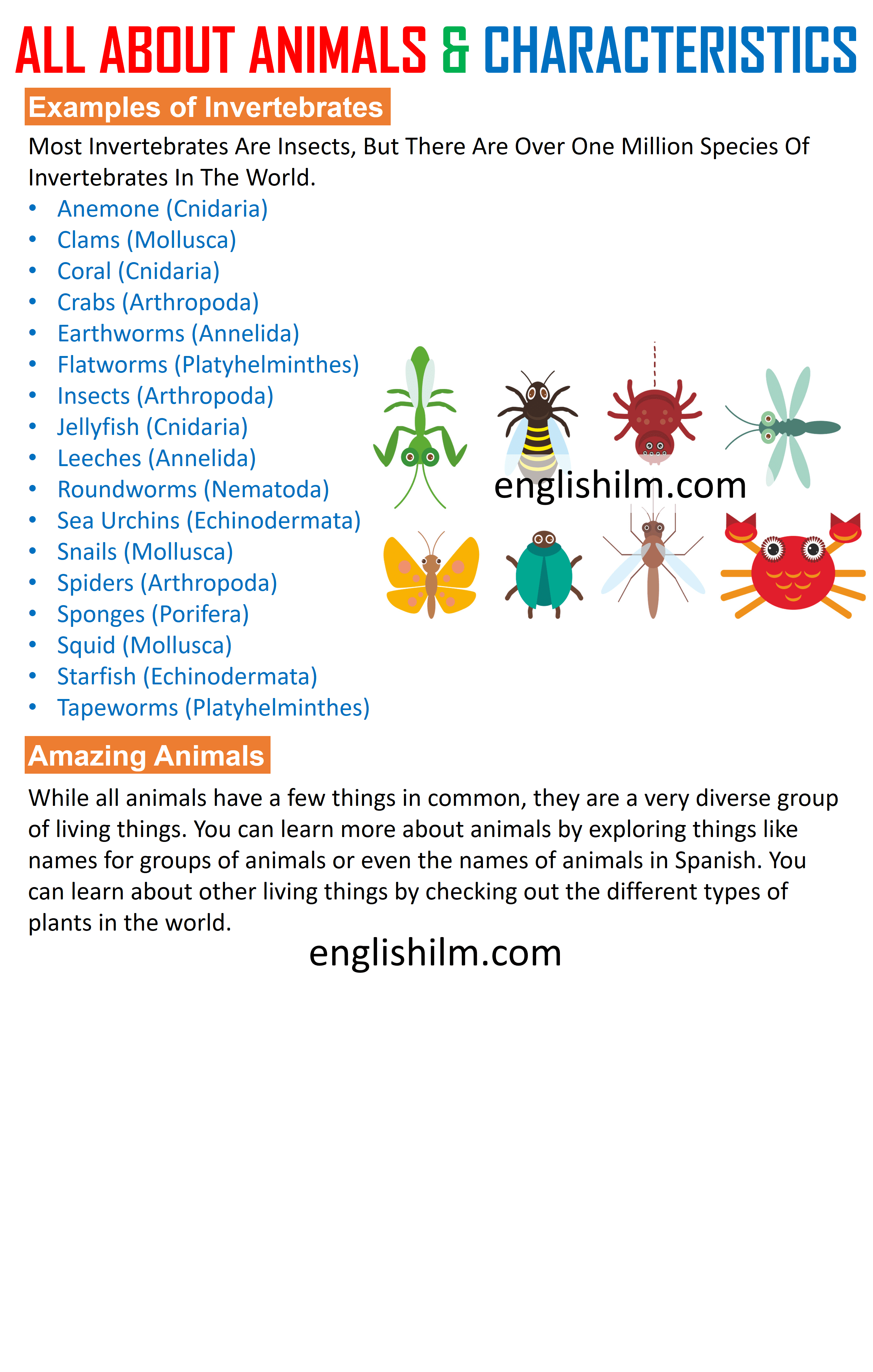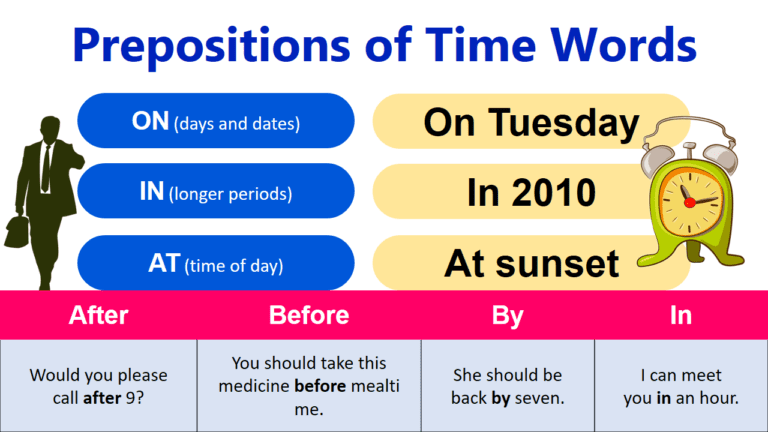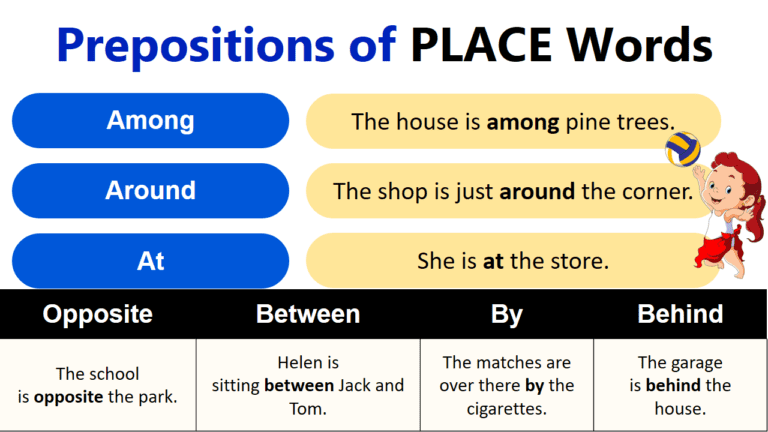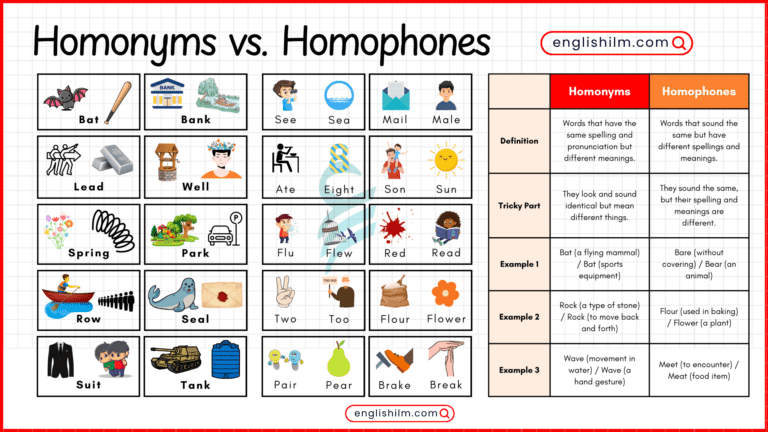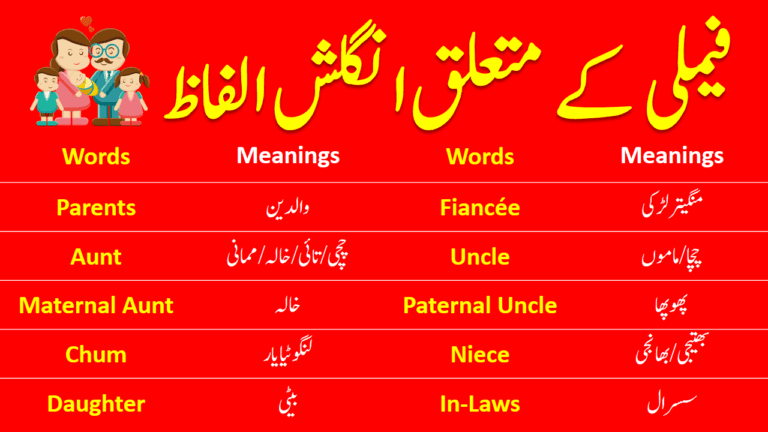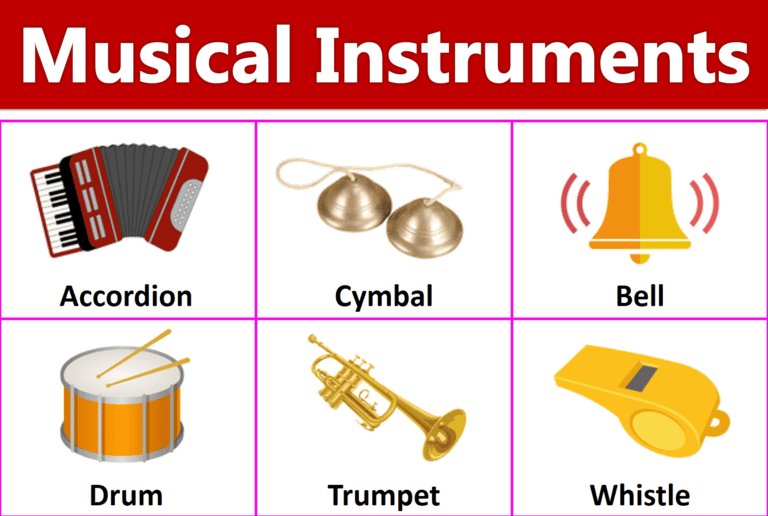In this blog post, you’ll learn about animals and their characteristics in English, along with pictures to help you understand. Scientists classify animals into different categories based on specific features, a system known as taxonomy. Animals are generally grouped into six major types, and each group shares unique characteristics. By understanding these categories, you can easily identify and describe animals in English.
What is an Animal?
An animal is a living thing that eats organic matter. Most animals have special sense organs, like eyes and ears, and a nervous system, which helps them react quickly to changes around them.
In Biology:
In the early stages of an embryo’s development, one end has more active cells. This part is important for its growth.
- Scientists organize animals into groups based on certain features. Animals are usually divided into six main types. This system of organizing animals is called taxonomy.
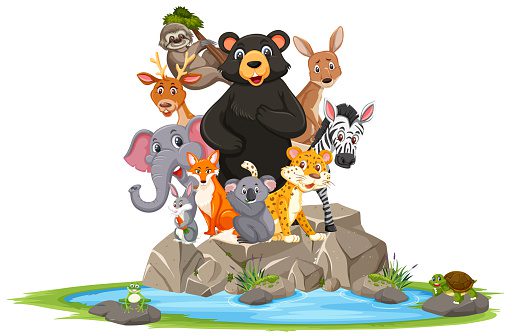
The Animal Kingdom
All animals belong to a biological kingdom called Kingdom Animalia. This kingdom is then broken down into over 30 groups, or phyla (plural form of phylum). About 75% of all species on Earth are animals.
Animals are then broken down into two types: vertebrates and invertebrates.
- Animals with a backbone are vertebrates.
- Vertebrates belong to the phylum called Phylum Chordate.
- Vertebrates are further broken down into five classes: amphibians, birds, fish, mammals, and reptiles.
- Animals without a backbone are invertebrates.
- Most invertebrates are in the phylum Arthropod.
All About Amphibians
All amphibians are vertebrates, and they need moist environments or water to survive.
- They are cold-blooded.
- They absorb water and breathe through their thin skin.
- They have at least one special skin gland used for defense.
- Most follow the life cycle of egg-larva-adult.
Examples of Amphibians:
- Frogs
- Newts
- Salamanders
- Toads
All About Birds
Birds are a type of warm-blooded vertebrate that are adapted to fly.
- Not all birds can fly, but they do all have wings.
- Birds have beaks that help them catch and swallow food.
- The digestive system of a bird allows it to eat whenever it can and digest the food later.
- Birds lay eggs to reproduce.
- Read More about: Birds Name with Pictures
Examples of Birds:
- Albatrosses
- Chickens
- Hummingbirds
- Falcons
- Flamingoes
- Ostriches
- Owls
- Parrots
- Penguins
- Pigeons
All About Fish:
Fish are also vertebrates, and they are considered the oldest-known vertebrates.
- They are ectothermic, or cold-blooded, which means they rely on their surroundings to regulate their body temperature.
- Fish have fins.
- Most, but not all, fish have bodies covered in scales and breathe through gills.
- Fish live underwater.
Examples of Fish:
- Eels
- Hagfish
- Lampreys
- Minnows
- Rays
- Salmon
- Seahorses
- Sharks
- Read more about: Types of Fish Names with Pictures
All About Mammals
Mammals are another type of vertebrate that belongs to the class Mammalia.
- Young mammals get nourishment from milk produced by their mothers.
- Most mammals have hair.
- Their jaw is hinged directly to their skull, unlike all other vertebrates.
Examples of Mammals:
- Aardvarks
- Bats
- Elephants
- Hamsters
- Humans
- Rabbits
- Rhinoceroses
- Whales
All About Reptiles
Reptiles are thought to be the first vertebrates to live completely on land. But not all reptiles live only on land today.
- They are cold-blooded, or ectothermic.
- They lay eggs to reproduce.
- They have four legs or are descended from animals with four legs.
- They breathe through the lungs.
- Their bodies are covered in scales or scutes.
Examples of Reptiles:
Different species of reptiles can be tiny or huge.
- Crocodiles
- Geckos
- Lizards
- Sea turtles
- Snakes
- Tortoises
- Turtles
All About Invertebrates
Approximately 95% of all animals are invertebrates. Invertebrates do not have a backbone. There are different types of invertebrates, but they all share a few characteristics.
- They are made up of many cells that work together or are multicellular.
- Most, but not all, have tissues, cells that work together in a more complex way.
- Most, but not all, can move.
- There are over 35 phyla of invertebrates.
- They generally have soft bodies.
Types of Invertebrates
There are eight phyla of invertebrates that are alive today.
- Annelida – has a segmented body and primitive brain
- Arthropods – have jointed appendages and an exoskeleton
- Cnidarian – have tissues and an incomplete digestive system
- Echinodermata – have some type of spiny structure on their outside
- Mollusca – generally have soft bodies and a hard exoskeleton
- Nematode – unsegmented with worm-shaped bodies
- Platyhelminthes – soft, ribbon-like worms with no respiratory system
- Purifier – multicellular organisms living in water with no organs or tissues
Examples of Invertebrates:
Most invertebrates are insects, but there are over one million species of invertebrates in the world.
- Anemone (Cnidaria)
- Clams (Mollusca)
- Coral (Cnidaria)
- Crabs (Arthropoda)
- Earthworms (Annelida)
- Flatworms (Platyhelminthes)
- Insects (Arthropoda)
- Jellyfish (Cnidaria)
- Leeches (Annelida)
- Roundworms (Nematoda)
- Sea Urchins (Echinodermata)
- Snails (Mollusca)
- Spiders (Arthropoda)
- Sponges (Porifera)
- Squid (Mollusca)
- Starfish (Echinodermata)
- Tapeworms (Platyhelminthes)
All about Animals Infographics
Read More

